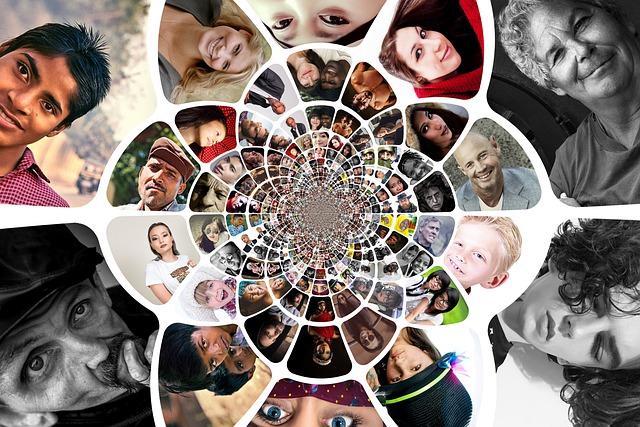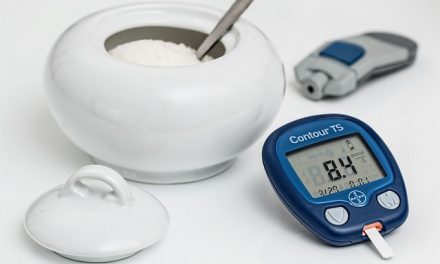Diabetes is not contagious. People cannot “catch” it from each other. However, certain factors can increase one’s risk of developing diabetes.
People who have family members with diabetes (especially type 2 diabetes), who are overweight, or who are African American, Hispanic, or Native American are all at greater risk of developing diabetes.
Type 1 diabetes occurs equally among males and females, but is more common in whites than in nonwhites.
Data from the World Health Organization’s Multinational Project for Childhood Diabetes indicate that type 1 diabetes is rare in most Asian, African, and American Indian populations.
On the other hand, some northern European countries, including Finland and Sweden, have high rates of type 1 diabetes. The reasons for these differences are not known.
Type 2 diabetes is more common in older people, especially older women who are overweight, and occurs more often among African Americans, Hispanics, and American Indians. Compared with non-Hispanic whites, diabetes rates are about 60 percent higher in African Americans and 110 to 120 percent higher in Mexican Americans and Puerto Ricans.
American Indians have the highest rates of diabetes in the world. Among Pima Indians living in the United States, for example, half of all adults have type 2 diabetes.
The prevalence of diabetes is likely to increase because older people, Hispanics, and other minority groups make up the fastest growing segments of the U.S. population.
Sources: The Diabetic Newsletter; NIDDK











